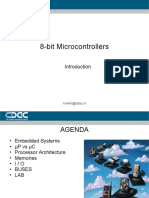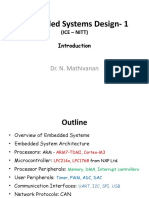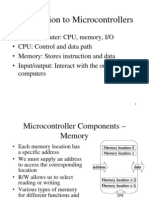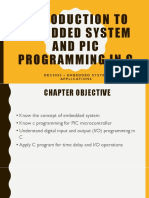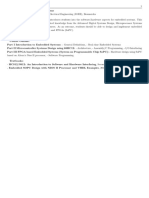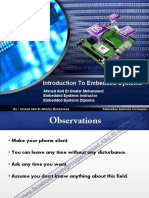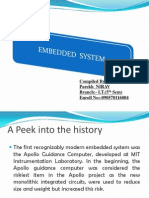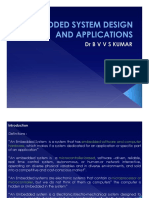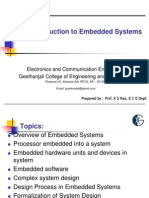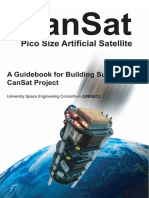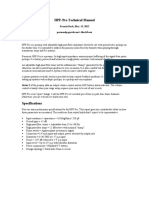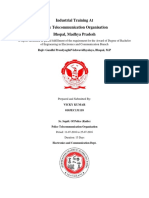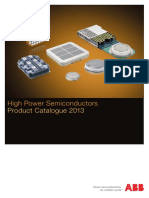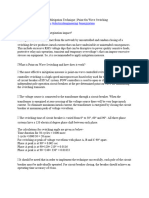0% found this document useful (0 votes)
134 views43 pagesIntroduction to Embedded Systems
An embedded system is a combination of computer hardware and software designed to perform a dedicated function within a larger mechanical or electrical system. Embedded systems range from small systems controlling individual devices to large systems controlling complex applications. A typical embedded system uses a microcontroller or microprocessor combined with other components to solve a specific problem and operate under specific conditions. The microprocessor, memory, and I/O components allow the system to receive inputs, perform tasks, and deliver outputs to control its dedicated functions.
Uploaded by
Koushik VemuriCopyright
© © All Rights Reserved
We take content rights seriously. If you suspect this is your content, claim it here.
Available Formats
Download as PDF, TXT or read online on Scribd
0% found this document useful (0 votes)
134 views43 pagesIntroduction to Embedded Systems
An embedded system is a combination of computer hardware and software designed to perform a dedicated function within a larger mechanical or electrical system. Embedded systems range from small systems controlling individual devices to large systems controlling complex applications. A typical embedded system uses a microcontroller or microprocessor combined with other components to solve a specific problem and operate under specific conditions. The microprocessor, memory, and I/O components allow the system to receive inputs, perform tasks, and deliver outputs to control its dedicated functions.
Uploaded by
Koushik VemuriCopyright
© © All Rights Reserved
We take content rights seriously. If you suspect this is your content, claim it here.
Available Formats
Download as PDF, TXT or read online on Scribd
/ 43

